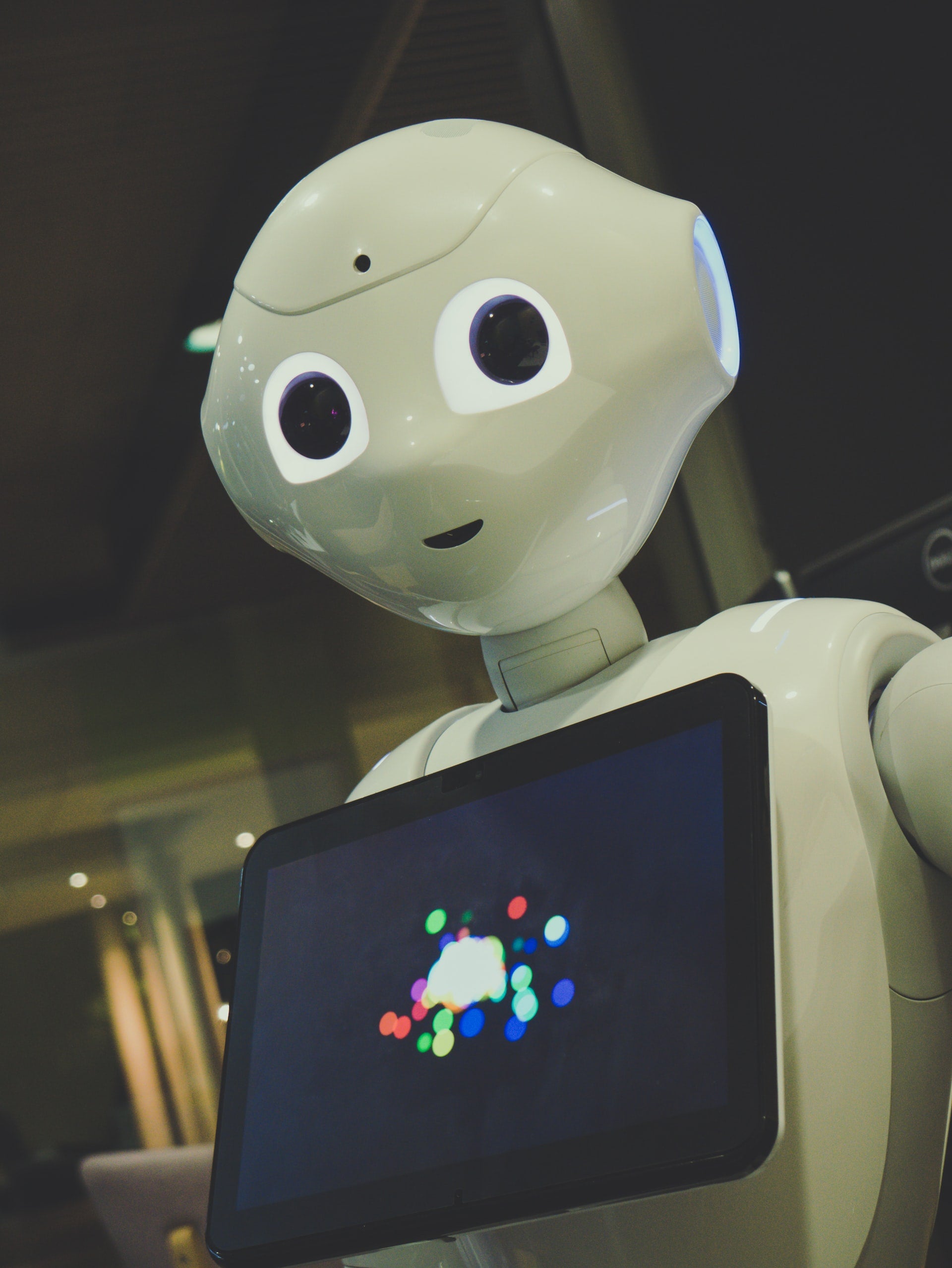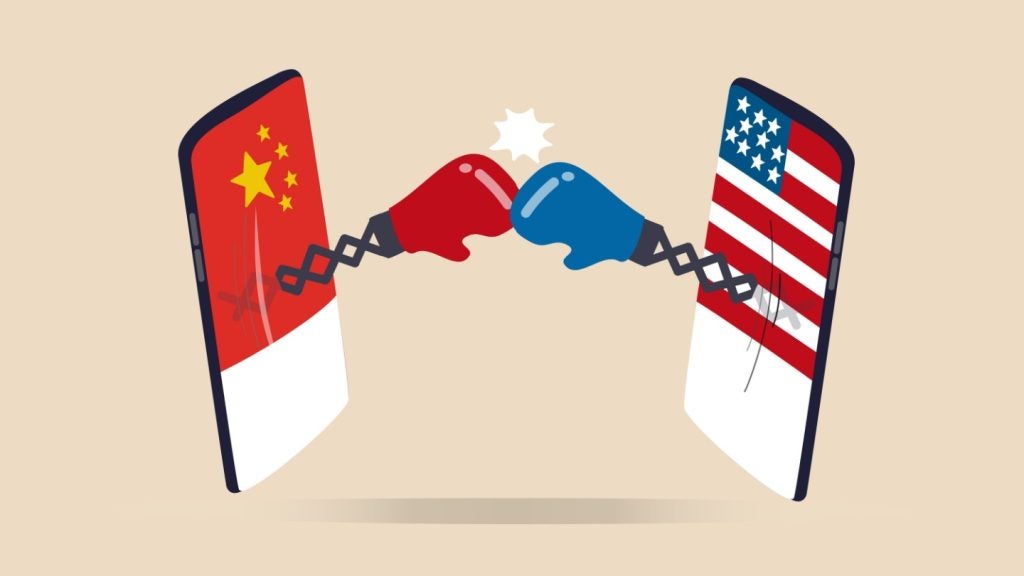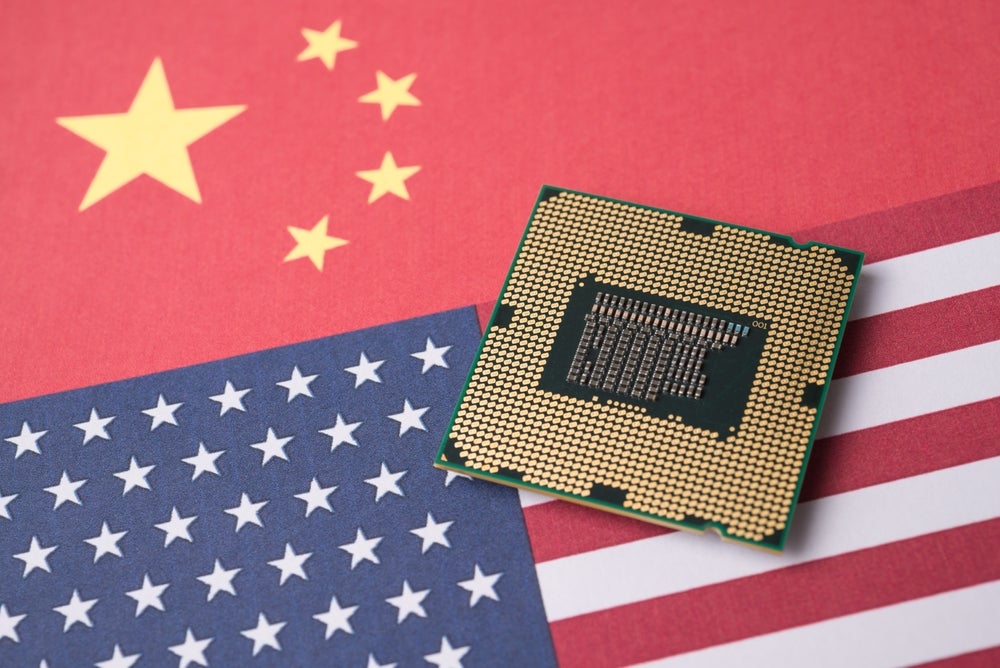When 5G networks were first deployed in China, mobile robots were wheeled out almost immediately, demonstrating the possibilities of using the wireless network to control connected devices beyond the range of Wi-Fi.
As early as February of last year, makeshift hospitals set up in Wuhan to tackle the Covid-19 pandemic were using robots to perform ultrasonic scans, while on streets around the country, 5G-enabled robots were providing body temperature testing, spraying disinfectants, cleaning surfaces, and delivering prescriptions.
Now that 5G has been rolled out—at least partially—in many countries in Europe, the 5G-enabled robot army has arrived, but so far it is taking baby steps. Two initiatives this month in the Nordics, a region where like China new technology is adopted quickly, developers aim to launch new service robot offerings on the back of successful pilot projects.
Inspector robot Spot
The Danish Technological Institute managed to take an indoor “service robot” named Spot, developed by Boston Dynamics, outdoors—a considerable challenge up to now because it requires a stable network connection with low latency (or response times) to operate. With the help of the 5G innovation center run by mobile operator TDC and Ericsson, the Institute has demonstrated how the 5G network makes it possible, among other things, to control mobile robots such as Spot from a distance and to collect, retrieve and use data from the robot in real time.
Use cases already tested include inspection, security, and emergency preparedness. For example, safety rules at construction sites, airports, and other locations require fencing to be inspected frequently for damage. By utilizing robots equipped with cameras, 3D lidar and other sensors, security fences can be continuously inspected by sending images over the 5G network to detect damage, using AI rules to analyze their condition.
Because Spot can move around on uneven terrain, walk on stairs, and go into small spaces, industrial users can use it for such site inspections for preventative maintenance and safety conformance while lowering personnel costs.
Delivery by robots
Also in the Nordics, food delivery app developer foodora is using Swedish mobile provider Tele2’s new 5G network to pilot its own delivery robot, Doora. Earlier this month, Doora took its first baby steps making deliveries of food orders and other items weighing up to 20kg at speeds of up to 6 km/hour around the fashionable Stureplan area of Stockholm.
The robot relies on cameras and sensors, Tele2’s 5G connectivity, and an IoT platform and navigation app which optimizes delivery routes based on traffic heat mapping and real-time analytics, and when fully rolled out, integrated with foodora’s order management system.
Once the developers prove to the Swedish Transport Agency that the robot does not pose a risk to pedestrians or vehicles, phase two of the plan can be implemented, with a vision of rolling out several hundred robots across Sweden soon after.
For the emerging “Q-commerce” or quick commerce industry, which includes same day and faster response times for deliveries, 5G-enabled robots used by local suppliers might speed deliveries and reduce costs of restaurant and grocery orders in certain situations (for example, in densely populated cities), while potentially cutting into traditional ecommerce markets for books, electronics, and beauty products (where global and regional giants have dominated the sector).
Whether developers can make robot deliveries work in rural or less densely populated suburban areas is another matter, although solutions utilizing drones and autonomous guided vehicles (AGVs) may be able to pick up the slack once the same trial period to prove effectiveness and safety.








